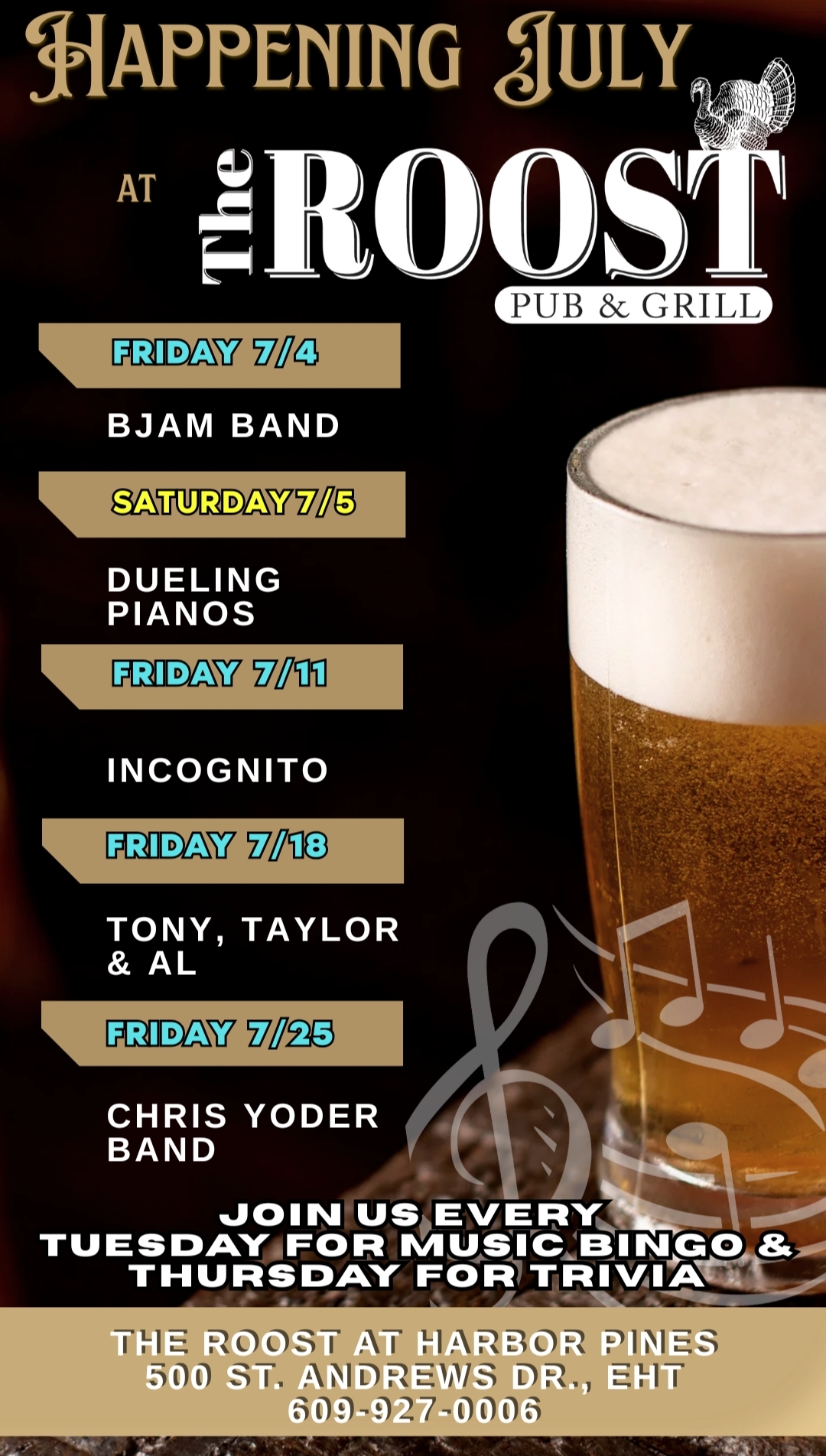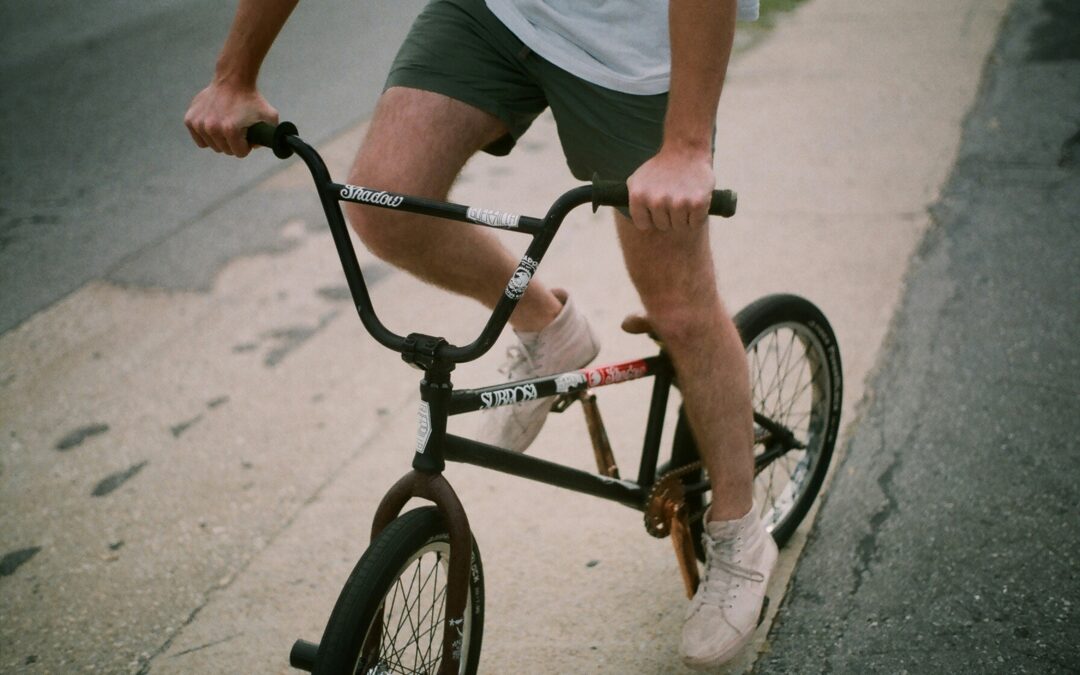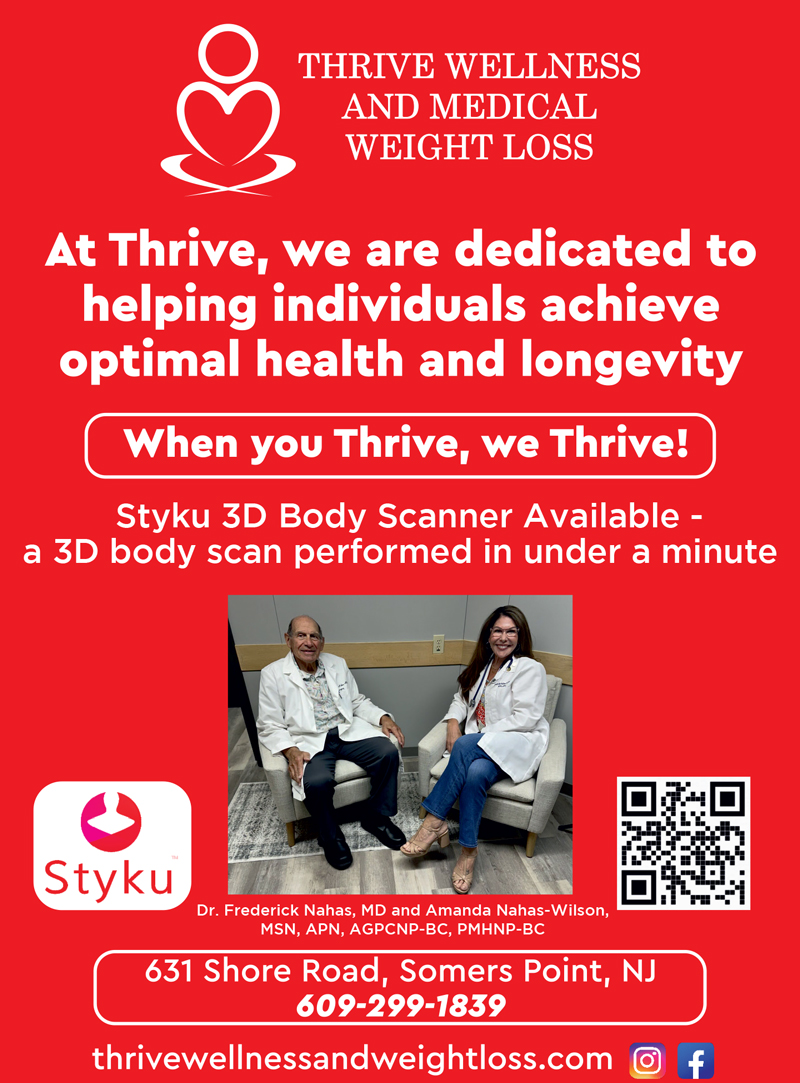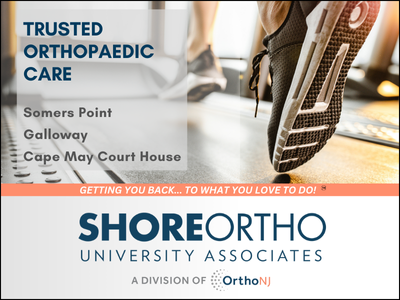Strolling along any boardwalk or shore road on a summer morning, it’s easy to be charmed by the sight of families and kids pedaling together under a sunny sky. Bikes and e-bikes are a beloved part of life in our coastal towns, offering a breezy, convenient way to get around without the hassle of beach traffic.
But with all that freedom comes real responsibility and lately, it’s clear not everyone is taking it seriously.
In shore towns the roads are often shared by year-round residents, seasonal workers and vacationers. That mix can create real hazards.
Many people on vacation are relaxed and distracted, not fully tuned in to their surroundings. Their minds are in vacation mode and it shows.
Others may be unfamiliar with the area, which can lead to sudden stops, last-minute turns or unpredictable changes in speed as they search for parking or a missed turn.
When you combine that with pedestrians, other cyclists and fast-moving e-bikes, the potential for serious accidents increases quickly.
I’ve seen more than my fair share of risky riding. I’ve watched kids on e-bikes whiz through crosswalks in front of my car without helmets, teens cruising barefoot with a soda in one hand and a phone in the other and riders of all ages wearing earbuds and flip flops, with little awareness of the rules that keep us safe.
It’s easy to forget that bicycles and e-bikes are vehicles, not toys. When you mix riders of varying skill levels with distracted drivers, tight streets lined with parked cars, beachgoers and tourists unfamiliar with the area, you get a potentially dangerous blend. Add speed, poor visibility, inattention or inexperience and accidents can and do happen.
A crash that changed everything
I was about 28, living in Ocean City and enjoying a relaxing bike ride the day after Memorial Day. After the holiday weekend, the roads were quiet. I was happily pedaling along after work.
As I crossed an intersection, a car on the other side suddenly turned into my path. I swerved to avoid being hit and slammed into the curb, flying over the handlebars and landing hard on the pavement.
I ended up in the emergency room with a hip fracture and spent two weeks on crutches. To this day, my back and hip are still affected.
I will never forget the thump of my helmet hitting the ground. Without a helmet it would have been my head. I came down so hard that I could have lost my life or sustained a traumatic brain injury.
Here’s the part that still gives me chills: I had taken off my helmet just minutes before because I was hot. But something made me stop, think twice and put it back on.
When I purchased my bike, I remember asking the owner of the bike shop if I really needed a helmet. He told me that he had lost friends on bicycles and that he would not go around the corner without one. Call it divine intervention, gut instinct or just remembering his words, I was protected when I needed it most.
That crash shook me deeply. I didn’t ride a bike again for several years. It’s why I’m so adamant today about helmet use and bike safety. One moment of inattention, one mistake, can change everything.
Why e-bikes add to the risk
E-bikes in particular have grown in popularity at the shore. They’re fast, easy to ride and a fun alternative to cars.
But many people underestimate their power and speed. Some models can reach up to 28 mph. That’s more than a car on a residential street. A child or teen on a high-speed e-bike who doesn’t know how to stop quickly, signal a turn or handle an unexpected bump in the road can be seriously hurt — or hurt someone else.
Unlike traditional bicycles, e-bikes often appeal to riders who may not have learned the basics of bike safety. A motorized ride may feel more stable, which can give a false sense of security. But speed magnifies every mistake. A tumble at 10 mph is bad enough. At 25 mph, it’s a different story.
Helmets save lives
New Jersey law requires anyone under age 17 to wear a helmet when riding a bicycle, scooter or e-bike. But the reality is that everyone, regardless of age, should wear one.
A helmet isn’t just a suggestion. It’s a vital line of defense, especially at higher speeds. Riders unfamiliar with the law may be putting themselves or their kids at risk without realizing it.
Helmets are one of the simplest, most effective pieces of safety gear we have and yet they’re often ignored. I’ve seen whole families pedaling together without a single helmet in sight. Parents should never allow their kids to ride without one, and they can set an example by wearing one themselves.
According to the CDC, wearing a helmet reduces the risk of head injury by nearly 60%. It’s not just about following the law; it’s about protecting your brain, your future and your life.
Flip flops, phones
and false confidence
Footwear matters more than most people think. Flip flops and bare feet are summer staples, but they are not the best choices for biking. They slip, they offer no protection and they make it harder to stop quickly or recover from a skid. Closed-toe shoes with a good grip are not just safer, they give you better control of your ride.
Then there’s the distracted riding. I’ve seen teens with a can of soda in one hand and a phone in the other, steering with their knees as they cruise down crowded lanes. Riding while texting or scrolling, or even blasting music through earbuds, dulls your awareness and puts you and everyone around you at risk.
Local action starts with us
Some shore towns are stepping up bike safety with new signage, speed rules and increased patrols. These efforts help, but they can’t replace personal responsibility.
Parents need to model good habits. Kids and teens need to understand that bikes and e-bikes are not toys. Visitors should take time to learn local bike laws before heading out. Shore towns are meant to be enjoyed. A little extra awareness helps ensure that joy lasts.
The bottom line
Bikes and e-bikes are wonderful parts of life at the shore, but they are not without risks. My own accident reminded me that the difference between a safe ride and a life-altering one can be a matter of seconds and one decision.
Before your next ride, check your gear. Put your phone away. Wear that helmet. Your safety is worth far more than a breeze through your hair or a cold drink on the go.
The ride is only worth it if you make it home safely.
Robin is a former television reporter for NBC News 40. She currently hosts a podcast and radio program called Living Well with Robin Stoloff. It airs Sundays at 10 AM on Lite 96.9. You can email Robin at livingwellwithrobin@gmail.com















